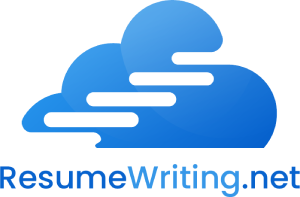Resume Writing Format
It’s easy to confuse resume format with resume style. Cut through the confusion by remembering that a resume format is a diagram. Resumes are structured into sections. The difference in resume format is where employment experience, skills, and education are placed within the resume body.
Resume sections include:
- Your name – Goes at the top of your resume
- Your address is placed directly below your name. How you choose to place your name is a matter of the style.
- Resume Objective – Tells your employer what job you are applying for or whether you are submitting your resume for any job that fits your qualifications.
- Profile or Summary of Qualifications – Your short statement of why you feel you are an appropriate candidate for the job. This section is optional.
- Employment History – A reverse chronology of your work experience. Generally, your resume needs to list the details of only your last three positions or the last ten years of your employment experience. If you have extensive work experience, you may want to follow the employment history section with a bulleted list of additional experience, like that on the sample below.
- Education – Unless you are still in school or a recent graduate, your resume needs to list only 1) the name of your college or trade school, your degree, and the year of graduation and/or 2) the name of your high school and the year you graduated.
- Skills – Organize skills into the order they are most relevant to your job, or subdivide them into categories so that an employer can easily see what additional attributes you’ll bring.
- Activities – Another optional section for professional or community projects you participated in.
Most employers prefer you format your resume using one of three basic methods: chronological, skills, or combination. Chronological is the most common type of resume format and most often preferred by potential employers. However, unless an employer requests a particular resume format, choose your resume format based on your resume objective and the skills and employment experiences that best highlight your qualifications for the job.
Basic Resume Formats
Chronological: The chronological resume format lists work experience first, beginning with your most recent (or current) job. After tracing your work history, the chronological format continues with your education and concludes with extra skills and interests that may contribute to your ability to perform the job.
Skills Format: The skills resume begins with a list of skills that relate to the job for which you are applying. The skills resume format is exceptionally useful when 1) you are applying for a job in a different field than your work experience, 2) you have large gaps in your work experience or 3) you have little of no paid work experience.
The Combination or Functional Format: This format is useful in highlighting skills relevant to a particular field of work. It is best used to demonstrate improvement and achievement within a specific field.
Two other resume formats are:
Curriculum Vitae: A very structured, detailed and lengthy resume format, the curriculum vitae is typically only used by educators and scientists with broad academic and professional credentials. Besides employment, education, and skills, the curriculum vitae provides prospective employers with a list of the candidate’s publications, projects, and awards. For the average job search, submission of a curriculum vitae is best described as overkill.
Electronic Format: Generally, this is the pre-formatted resume you’ll find at online job sites or resume distribution centers. Although some sites allow moderate customizations, frequently you just need to fill in the blanks. Some electronic resumes are entered into job data banks, meaning your chance of obtaining an interview (the main purpose of resume submission) is slim.


